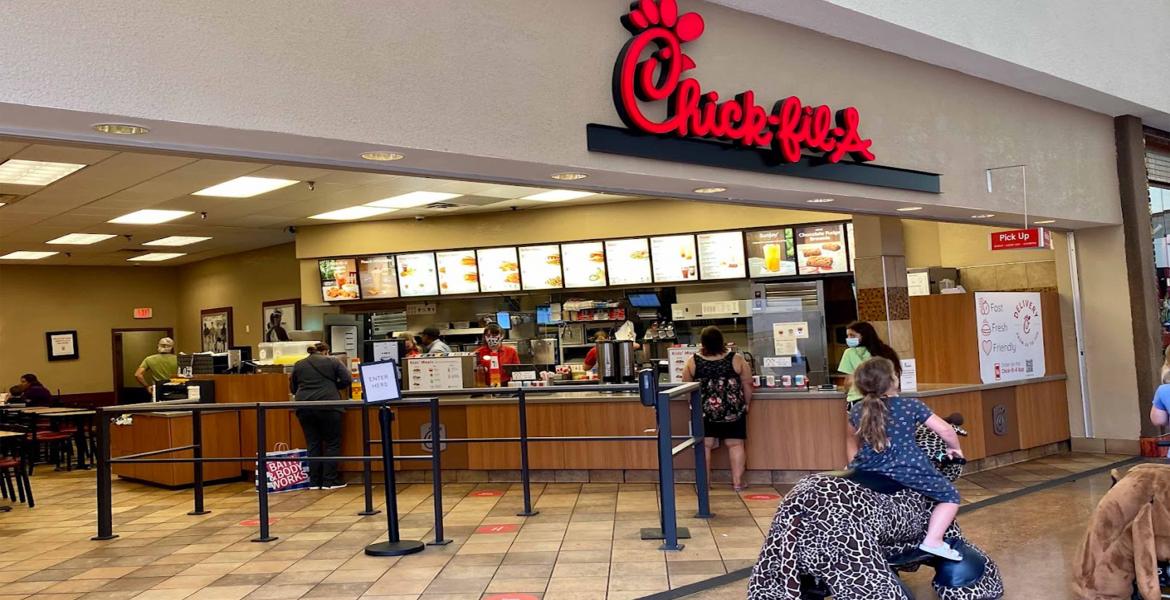SAN ANGELO – San Angelo city staffers have recently proposed changes to the sidewalk ordinance to create more safe and convenient walkways for pedestrians in new neighborhoods. Developers and home builders have commented on social media that the new sidewalk mandates would add unnecessary costs to building new homes hampering growth in the city.
The San Angelo City Council will decide if the new proposed changes will be implemented.
Below is information released by the city on Monday:
Why is a sidewalk ordinance being considered?
- The City’s Comprehensive Plan, adopted by City Council as the guidance for future growth and development of the City, recommends exploring ways of making walking more convenient and safer, including updating development regulations and street standards regarding sidewalks.
- Under the City of San Angelo’s current ordinances, whether sidewalks are required for a development is decided on a case-by-case basis. Both developers and City staff agree that more clearly defining this would be helpful for everyone.
- In the 2019 San Angelo Housing Study, consultants said they found no evidence that buyers would prefer not to have sidewalks and that survey respondents “actually said they prefer more dense, walkable housing and development.”
- The report goes on to recommend that the drafting of a sidewalk ordinance should be supported to ensure implementation.
Safety – Do sidewalks make a community safer?
- Per the Federal Highway Administration:
- The currently recommended best practice is to “require sidewalks be included whenever a road is constructed or reconstructed in a public right-of-way in an urban area.”
- “Roadways without sidewalks are more than twice as likely to have pedestrian-related crashes as sites with sidewalks on both sides of the street.”
- “Sidewalks separated from the roadway are the preferred accommodation for pedestrians.”
- “Sidewalks provide many benefits, including safety, mobility and healthier communities.”
Citizen Surveys – What does the community think about sidewalks?
- A survey performed by Angelo State and the San Angelo Metropolitan Planning Organization in 2013 indicated that 60% of respondents traveled as a pedestrian at least once per week and a “large majority strongly agree that pedestrian and bicycle infrastructure should be prioritized.” In addition, the survey found that respondents do not currently have a positive view of the City’s performance in developing and promoting pedestrian infrastructure.
- In that same survey, 86% supported establishing sidewalk standards for development projects.
- From another survey by the San Angelo Metropolitan Planning Organization in 2016, respondents were asked where sidewalks are needed. The top answers:
- “Everywhere”
- Neighborhoods and Residential Areas
- Major/Busy Streets
- Knickerbocker/Sherwood/Beauregard
- A national survey by the American Association of Retired Persons (AARP) found:
- 8 in 10 Americans prefer being in a community that offers sidewalks and good places to walk.
- People in neighborhoods with sidewalks are 47 percent more likely to be active.
- Where two houses are nearly identical, the one with a sidewalk sells for more.
- A survey by the National Association of Realtors in 2013 found that there is a “higher preference among those under age 40 for walkable communities.”
Safe Routes to Schools – Do kids still walk to school?
- SAISD estimates that, depending on the school, between 10% to 35% of students walk or bike to school. A 2011 poll by the Surface Transportation Policy Project found that 55% of Americans would prefer to walk more. Having a safe place to walk is the number one reason they don’t.
Other cities – Do other Texas cities require sidewalks?
- In a survey of 47 Texas cities through the Texas Chapter of the American Planning Association, only two cities do not require sidewalks in new neighborhoods (Cleburne and Waco). Four more cities only require sidewalks on one side of the street in neighborhoods (Lockhart, McKinney, Georgetown, and Buda). The remaining 41 cities require sidewalks in new neighborhoods for most new developments.
Sidewalk Ordinance – Summary of proposed standards
Under the City of San Angelo’s current ordinances, whether sidewalks are required for a development is decided on a case-by-case basis. Both developers and City staff agree that more clearly defining this would be helpful for everyone. The goal of the proposed ordinance is to provide better guidance on when and where sidewalks will be required.
Standards for all options:
- Sidewalks will continue to be triggered by subdivision plats, replats and site plans for non-residential development
- For single-family homes, sidewalks would be built when the home is built. For all other development, sidewalks would be required either when the property is subdivided or at the time of development. To ensure consistency and connectivity, sidewalk construction plans would be required with the subdivision plat.
- Sidewalks would be required on all major streets (major collector and arterial streets) when new development or major redevelopment occurs adjacent to those streets.
- Sidewalks would be required on local streets in most non-residential areas (commercial, office, medical, etc.) and near parks, schools, churches, apartments, etc., when new development or major redevelopment occurs adjacent to those streets.
- Sidewalks would not be required in existing neighborhoods that don’t have sidewalks. In addition, there are exceptions for industrial and heavy commercial areas, as well as for rural development where lots are more than one acre.
- Waivers and deviations from standards can be approved administratively by staff (instead of having to go to the Planning Commission) but denials can be appealed to the Planning Commission and City Council.
- As under current ordinances, the maintenance of sidewalks is the responsibility of the adjacent property owner. So, any maintenance related to new sidewalk construction would be the responsibility of the property owner.
Options for local streets and minor collectors in new neighborhoods:
-
- Require sidewalks on all neighborhood streets, including local streets and minor collectors
- Require sidewalks on only one side of neighborhood streets, including local streets and minor collectors
- Only require sidewalks within certain distance of schools, parks, churches and near commercial areas, but not throughout the neighborhood
Subscribe to the LIVE! Daily
Required






Post a comment to this article here: